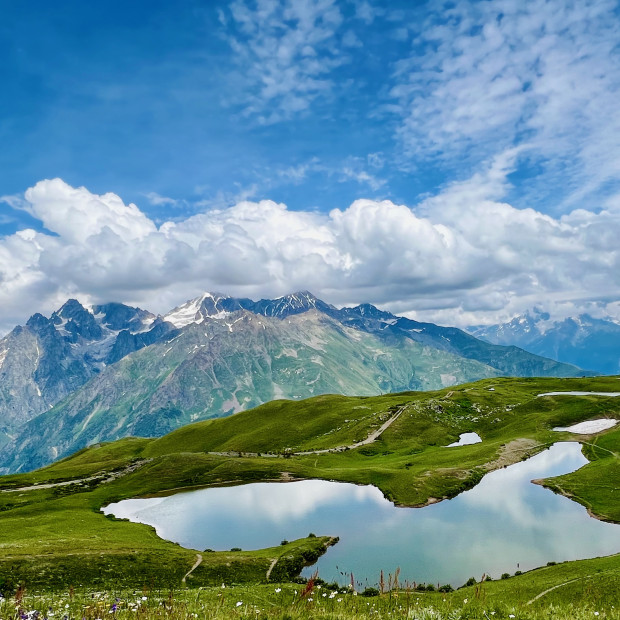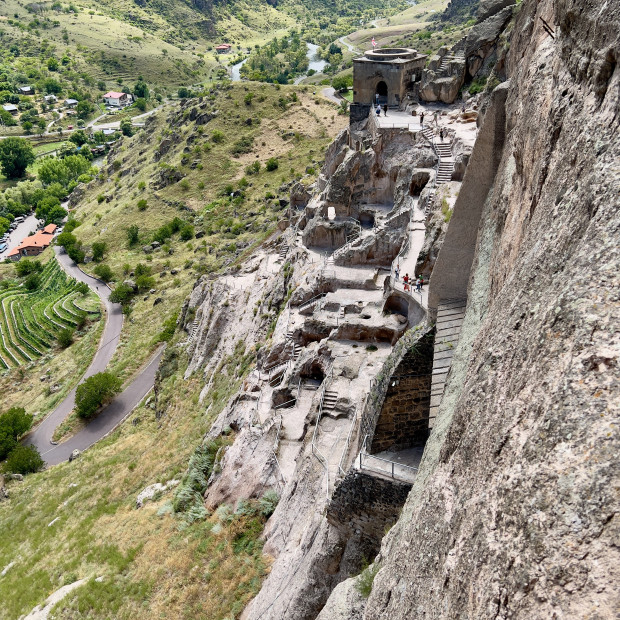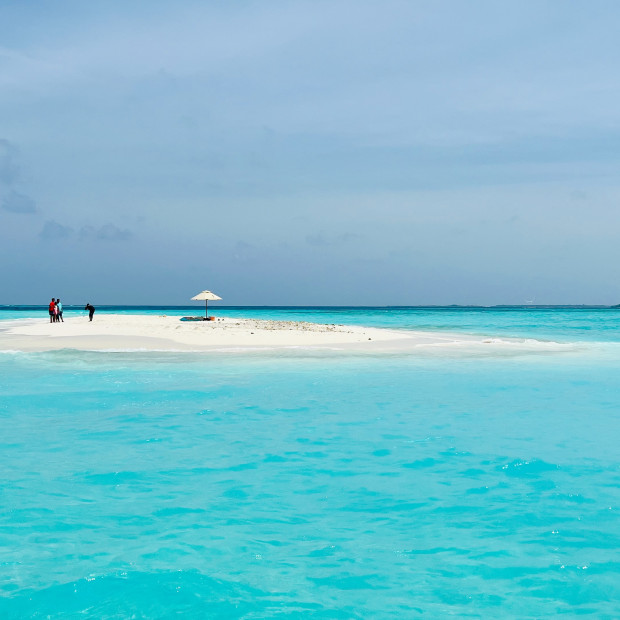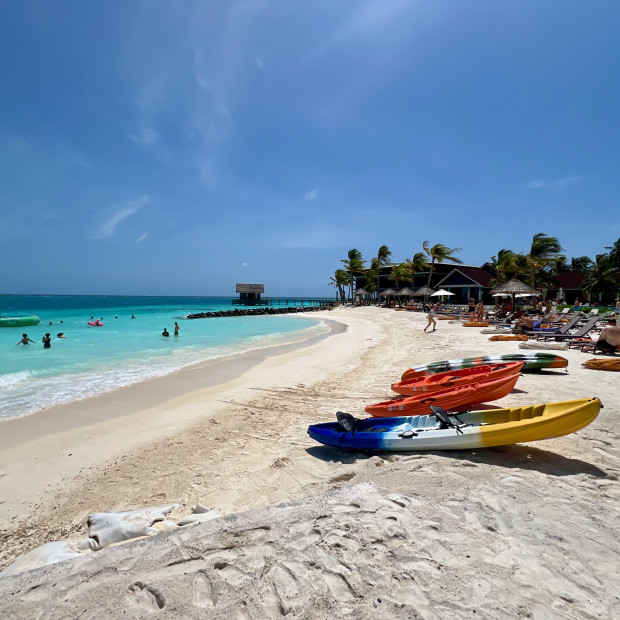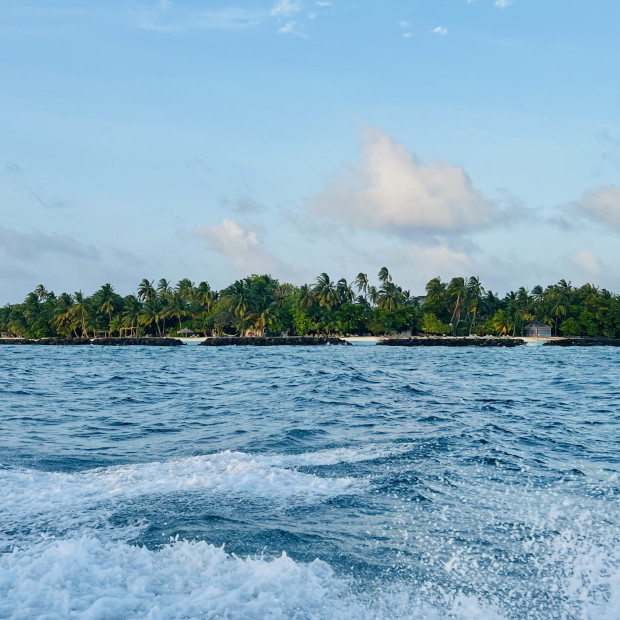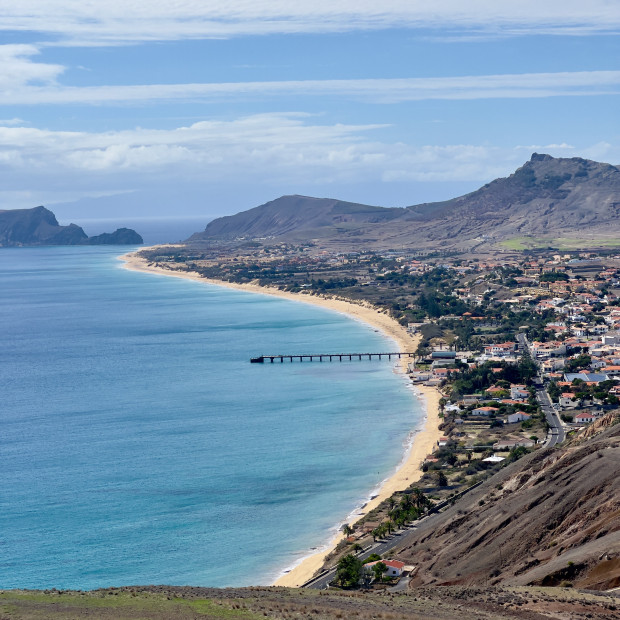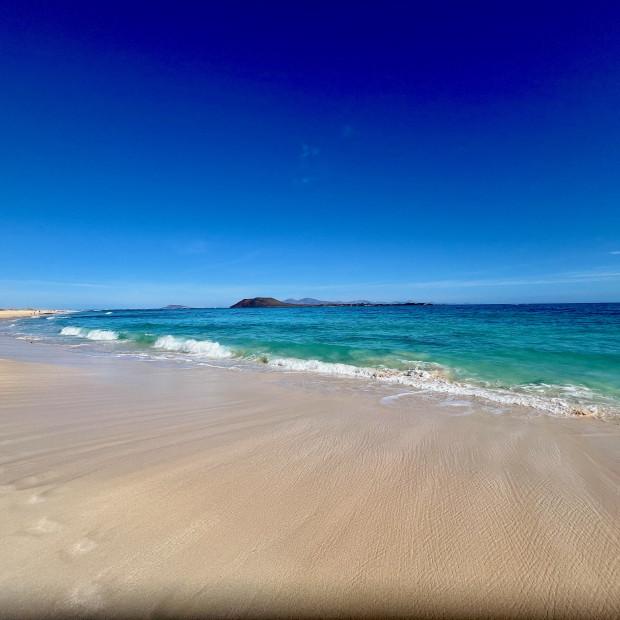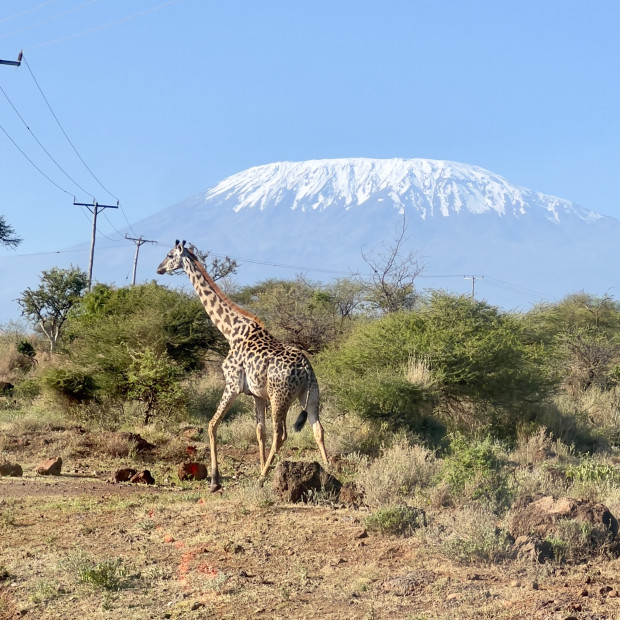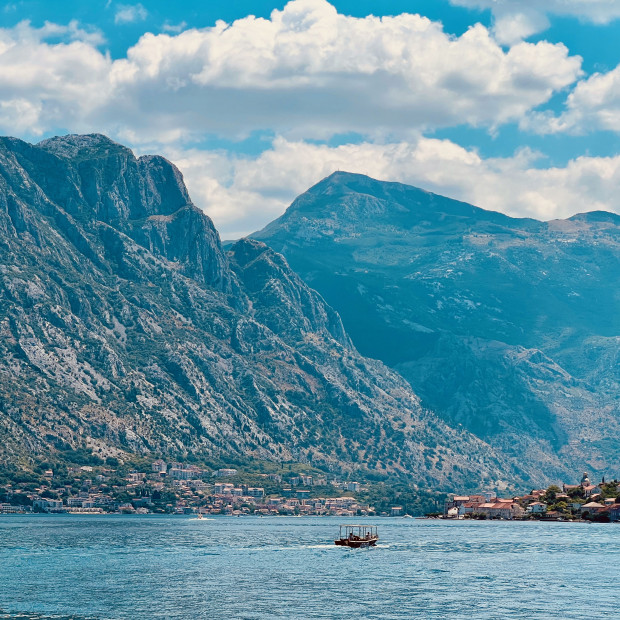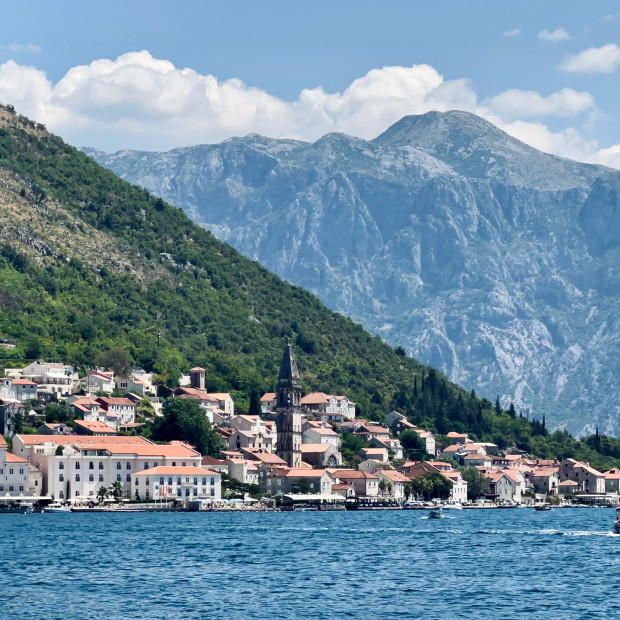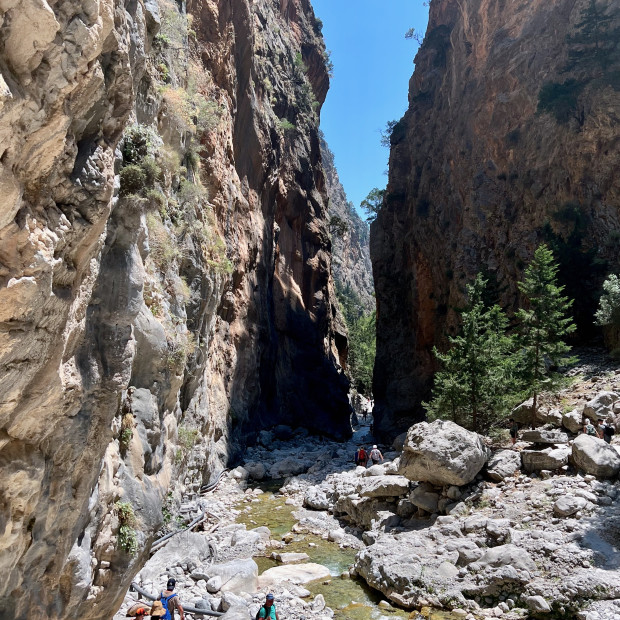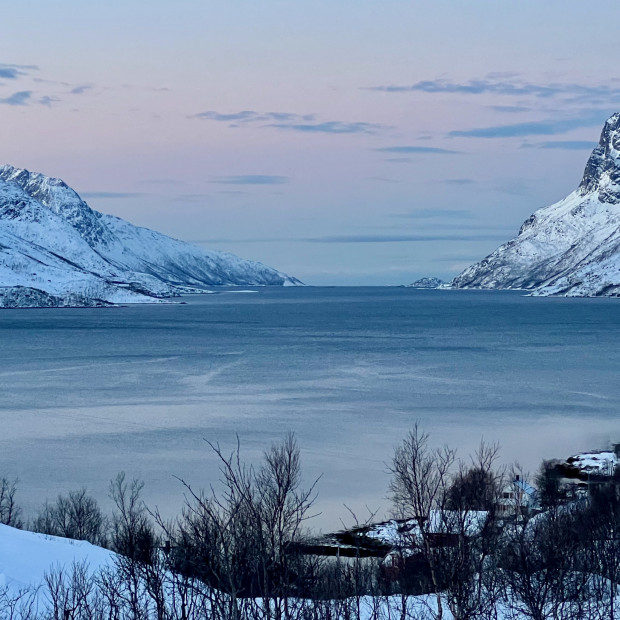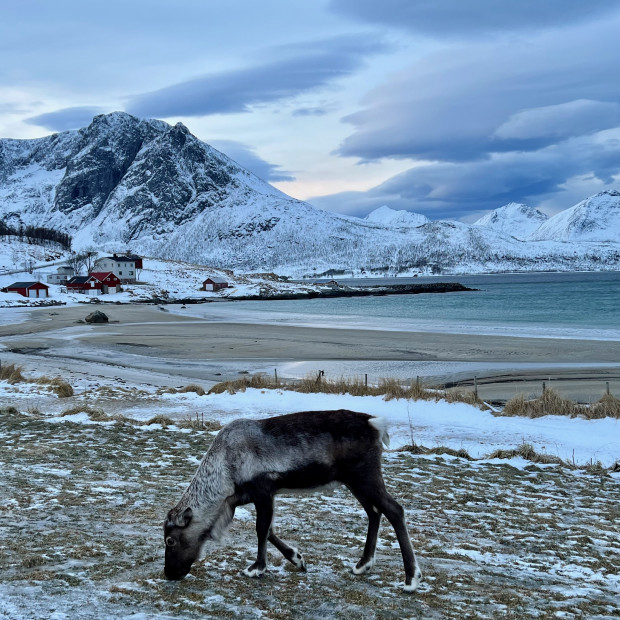About this place
Mount Kilimanjaro: The Rooftop of Africa
Mount Kilimanjaro, Africa's highest peak and the world's tallest free-standing mountain, rises dramatically to 5,895 meters (19,341 feet) above sea level. Located in Tanzania just 20 kilometers from the Kenyan border, this dormant volcano dominates the landscape and creates one of the most spectacular vistas visible from Kenyan soil.
The mountain consists of three distinct volcanic cones: Kibo, Mawenzi, and Shira. Kibo, the highest, retains a diminishing ice cap despite its proximity to the equator. These glaciers, which have existed for thousands of years, have receded by over 80% since 1912 due to climate change and may disappear entirely within decades.
From Amboseli National Park in Kenya, visitors experience unparalleled views of Kilimanjaro's northern face. The mountain appears most dramatic at dawn and dusk when low-angle sunlight illuminates the peak while the base remains shrouded in shadow or clouds. During clear days, typically most common from December to February and July to October, the snow-capped summit stands in stark contrast against the blue sky above and the arid savanna below.
The mountain creates its own weather system, influencing rainfall patterns in surrounding areas including parts of southern Kenya. This phenomenon helps sustain the crucial wetlands of Amboseli that support its renowned wildlife populations, particularly during dry seasons when water elsewhere becomes scarce.
For photographers visiting Kenya, capturing wildlife—especially elephants—with Kilimanjaro in the background represents one of Africa's most iconic photographic opportunities. The image of elephants traversing the plains with the mountain rising behind them has become emblematic of East African safari experiences.
While climbing Kilimanjaro requires crossing into Tanzania, many visitors to Kenya content themselves with viewing this natural wonder from afar, appreciating how its massive presence shapes both the physical landscape and cultural significance of the region. Various viewing points in southern Kenya, including private conservancies bordering Amboseli, offer accommodation specifically positioned to maximize views of this magnificent mountain.
The mountain holds cultural significance for communities on both sides of the Kenya-Tanzania border, featuring prominently in local folklore and traditions, and now serves as an important symbol for regional tourism, conservation, and the growing awareness of climate change impacts on Africa's natural heritage.

